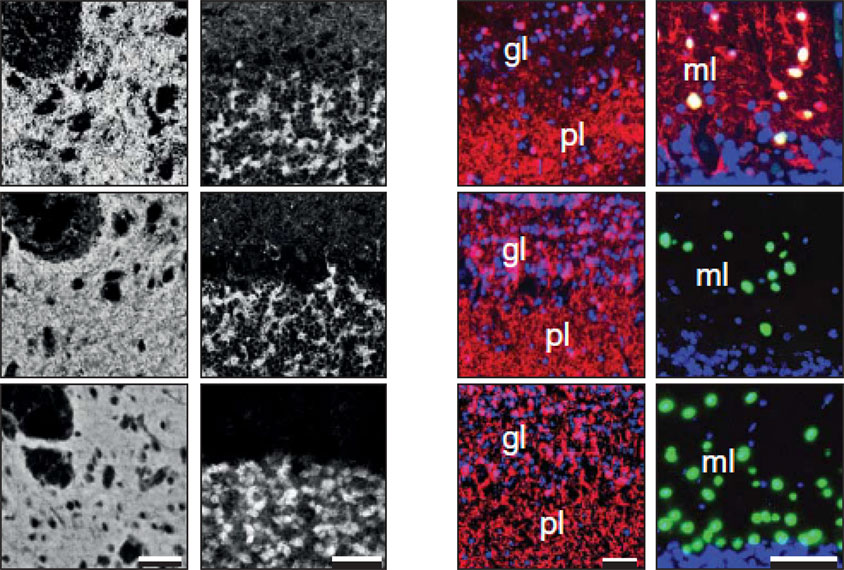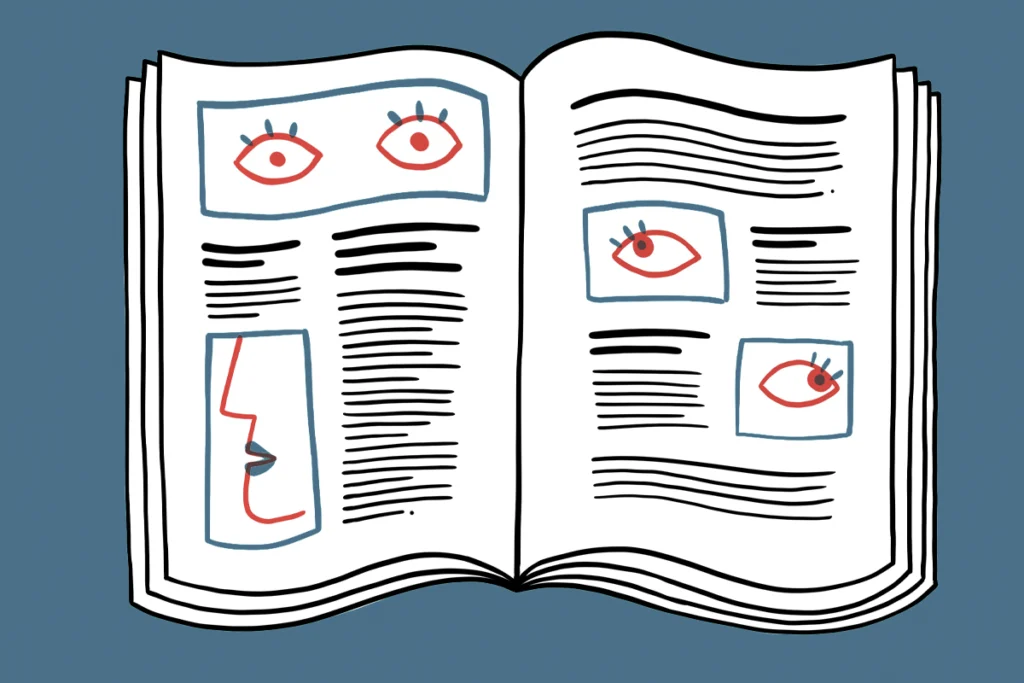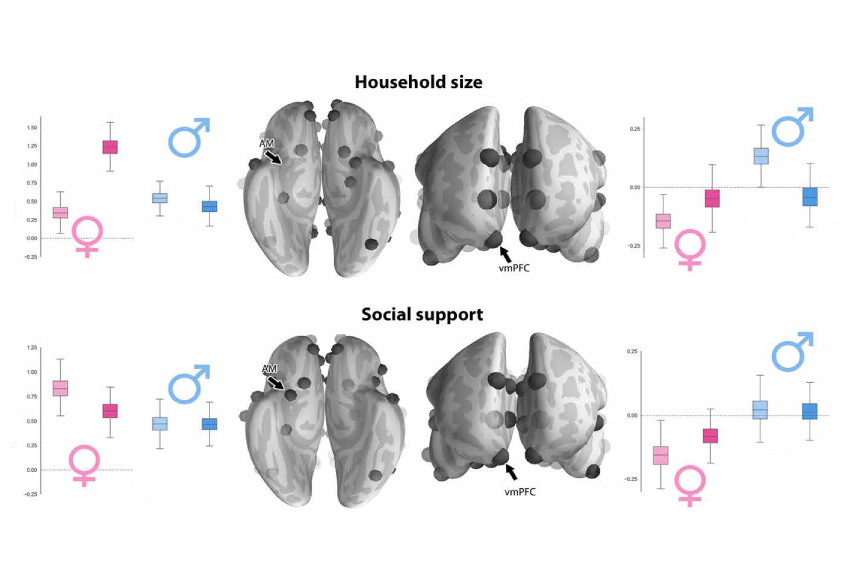
Marcus A. Banks
From this contributor
Coronavirus threatens autistic people living in group homes
Living in close quarters, with rotating staff and sometimes inadequate protective equipment, group-home residents are especially vulnerable to COVID-19.

Coronavirus threatens autistic people living in group homes
Social brain may differ between men and women
Brain imaging data reveal sex differences in regions linked to social contact.
Common pregnancy complication linked to increased autism odds
High blood pressure during pregnancy may raise a woman's chances of having an autistic child.

Common pregnancy complication linked to increased autism odds
Cognitive tests may help characterize intellectual disability
Standardized tests can reliably assess memory, language ability, executive function and other traits in people with intellectual disability linked to autism.

Cognitive tests may help characterize intellectual disability
New atlas maps gene expression throughout the brain
A comprehensive atlas of gene expression by brain region could spur new research on autism.

New atlas maps gene expression throughout the brain
Explore more from The Transmitter
It’s past time to stop using the Reading the Mind in the Eyes Test
The widely used measure of “theory of mind” needs to be re-examined, along with the long-standing claim that autism is linked to a lack of this ability.

It’s past time to stop using the Reading the Mind in the Eyes Test
The widely used measure of “theory of mind” needs to be re-examined, along with the long-standing claim that autism is linked to a lack of this ability.
Robots boost data consistency in rodent studies reliant on mechanical, optogenetic stimulation
Two new devices take experimenter variation out of the equation, the lead investigators say.
Robots boost data consistency in rodent studies reliant on mechanical, optogenetic stimulation
Two new devices take experimenter variation out of the equation, the lead investigators say.
Spina bifida; MDMA effects in a mouse model of autism; maternal autoantibodies
Here is a roundup of autism-related news and research spotted around the web for the week of 13 May.

Spina bifida; MDMA effects in a mouse model of autism; maternal autoantibodies
Here is a roundup of autism-related news and research spotted around the web for the week of 13 May.
